The Invisible Transfer: Exploring Trace DNA in Forensic Science
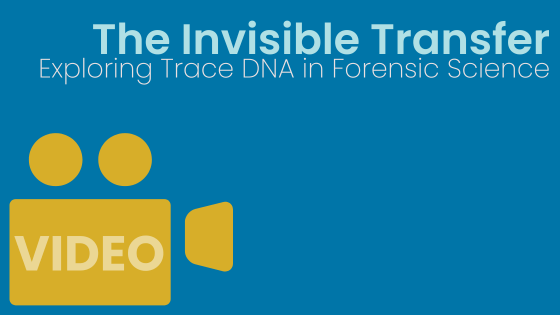
In this interview, Molly Younker, a master’s student from West Virginia University, delves into her current study on the secondary transfer of trace DNA, particularly through nitro gloves, and its implications for crime scene investigations. This discussion sheds light on what trace DNA entails, the challenges in collecting and analyzing low levels of DNA, and […]
Not as Clean as You Wish: DNA Persistence and Transfer in a Laundry Scenario

Today’s blog is written by guest bloggers Margherita Andalò, Jasmine Nguyen, Brooke Sutton, Lauren Hernandez, Lev Voskoboinik, Mark Barash. Department of Immunology, Genetics and Pathology, Uppsala University, Uppsala, Sweden. Justice Studies Department, San Jose State University, San Jose, USA. DNA and Forensic Biology Laboratory, Division of Identification and Forensic Science, Israel Police, National HQ, Jerusalem, Israel. […]
DNA Dead End? Protein Sequencing for Forensic Analysis
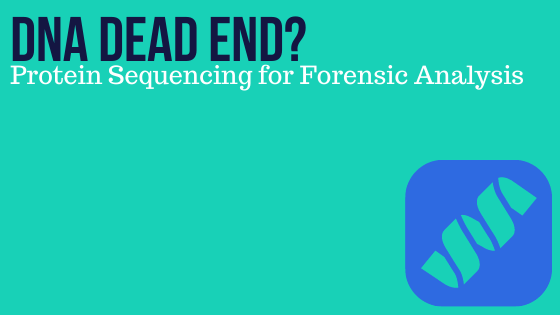
Today’s blog is written by Curt Hewitt, PhD, Signature Science, LLC. Read the full version in the November 2020 issue of The ISHI Report. Introduction A crime scene. A suspect. A brass shell casing to tie them together. The trace amount of DNA collected is too degraded for DNA profile generation. With that, the […]
Casework Direct Kit as an Alternative Extraction Method to Improve Analysis of Touch DNA Samples
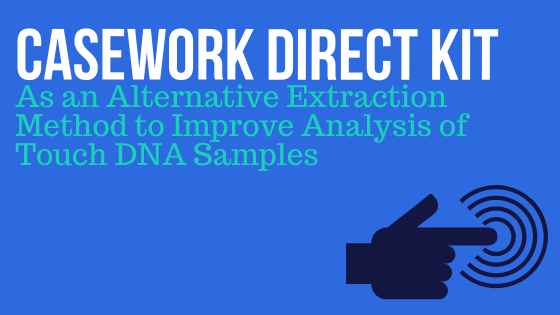
Touch DNA samples are increasingly collected at crime scenes and, although they contain little DNA, can result in an individual genetic profile, aiding in the interpretation of investigations. The extraction method used in these samples is crucial for the recovery of genetic material and is therefore a determining factor to obtain the genetic profile. […]
The Recovery of Human Touch DNA from Poached Rhinoceroses
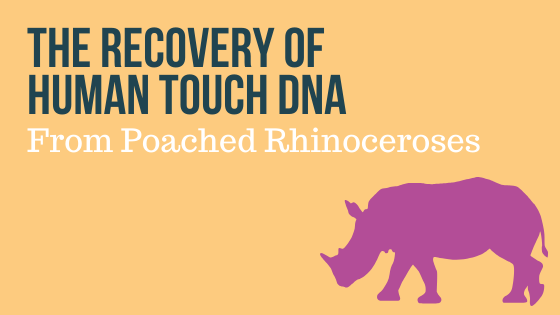
In recent years, rhino poaching has increased dramatically in South Africa. This illegal activity is predominantly driven by the growing demand for rhino horn. Poaching cases can be extremely difficult to investigate and prosecute due to the nature of the evidence available at the scene. To address this challenge, additional investigative tools are needed. […]
Improving Results from ‘Touch’ DNA Samples
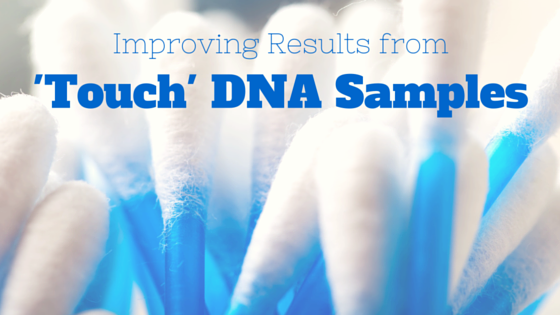
As DNA technology has become more sensitive over the years, there has been an increase in the number of samples that laboratories are receiving with requests for DNA analysis on “touch” DNA samples. “Touch” DNA samples refer to samples where biological fluid cannot be detected, however there may be skin cells left behind due to […]

